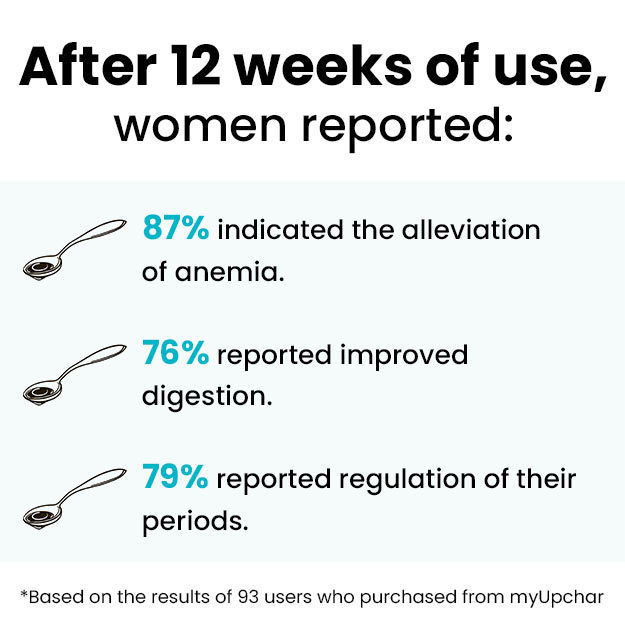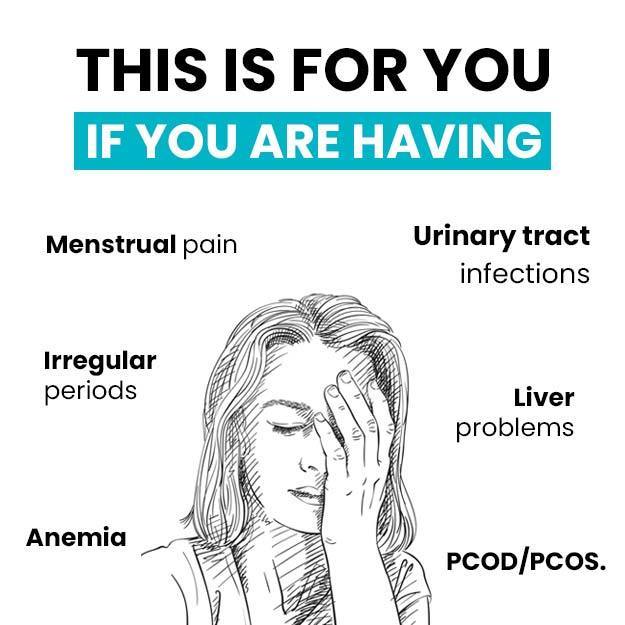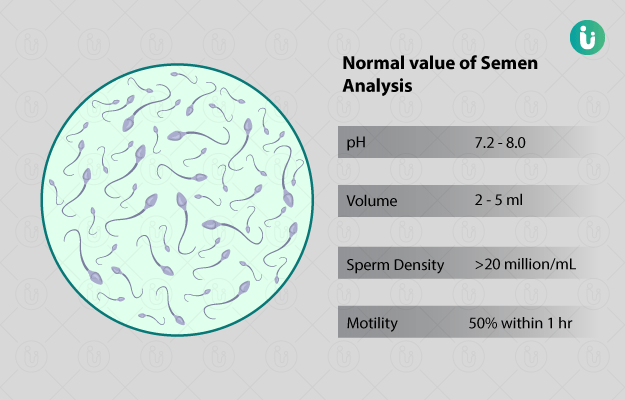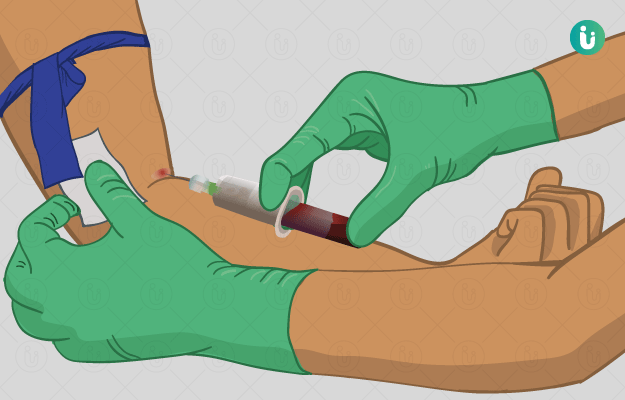What is Aluminium Urine test?
Aluminium urine test is a screening test that is done to assess aluminium toxicity.
Aluminium is a metal found abundantly in the environment. Everybody is exposed to small amounts of this metal via air, air, water, food and soil. It is also present in paints, utensils, deodorants and medications such as antacids, anti-diarrheal drugs and anti-ulcer medicines.
Normally, the absorbed aluminium is completely eliminated by the kidneys through urine. However, people who live in areas with high aluminium levels are regularly exposed to heavy amounts of this metal. Excess aluminium starts to accumulate in the body and can lead to toxicity. Other factors that increase the chances of developing aluminium toxicity are:
- Working in an environment with high levels of aluminium
- Being on intravenous nutrition for prolonged periods
- Receiving haemodialysis
- Having diminished kidney function
Patients suffering from renal failure are unable to clear aluminium from the body and are hence at constant risk of aluminium poisoning from:
- Aluminium-laden dialysis water (if they are on dialysis)
- Aluminium-laden albumin. Albumin is generally given to dialysis patients since it helps in the transfer of excess fluid from tissues to blood. This fluid is then removed by dialysis.
- Aluminium-based phosphate binders (drugs that reduce the absorption of phosphate from the diet)
Aluminium toxicity can lead to the following complications:
- Nervous system problems causing dementia and difficulty with movements
- Bone diseases
- Impaired iron absorption and anaemia
- Lung disorders


































